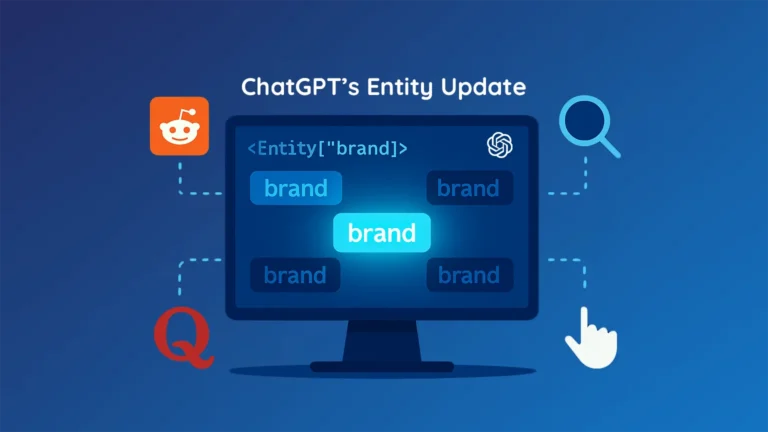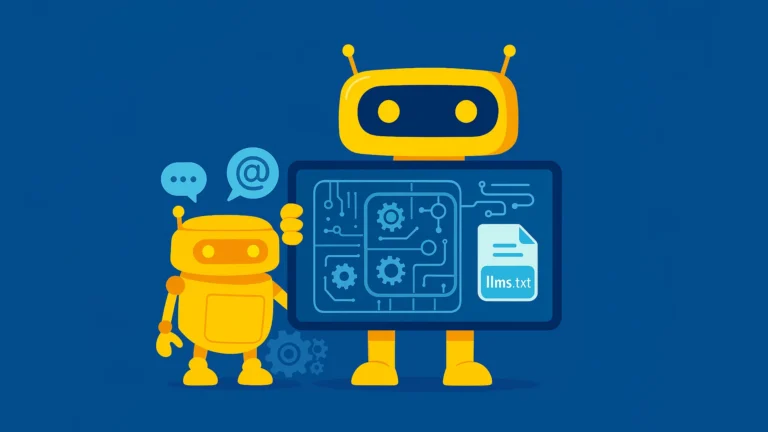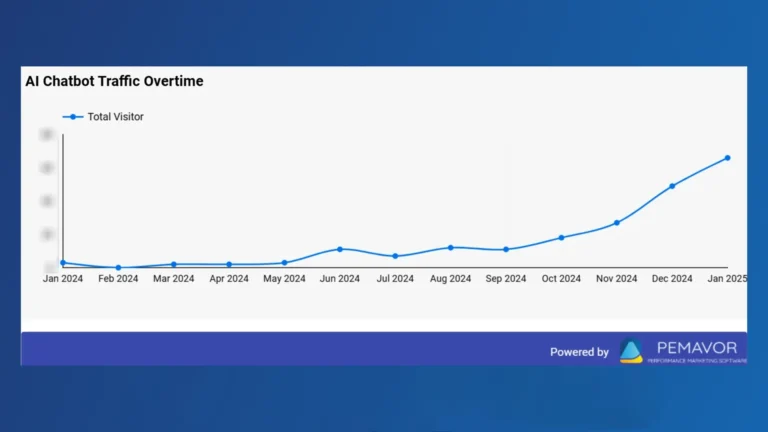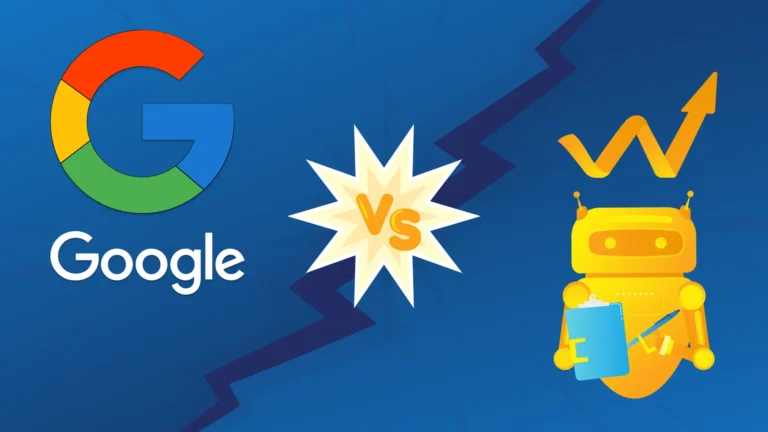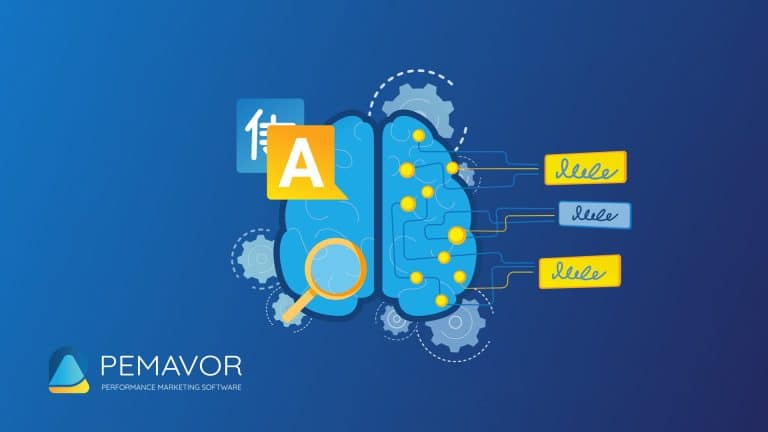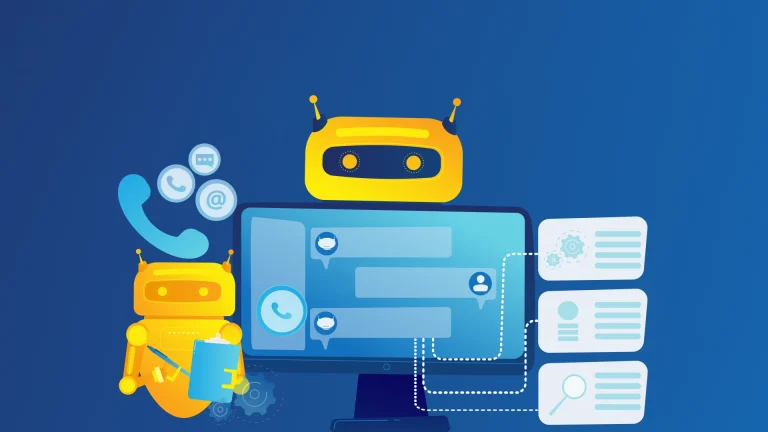Everyone agrees on how effective AI technology is, but people are divided on the creativity and originality of AI results. Is machine-generated content truly original? If not, what are the ethical implications of its use? Is AI-generated content considered plagiarism, or are we misunderstanding its role in content creation?
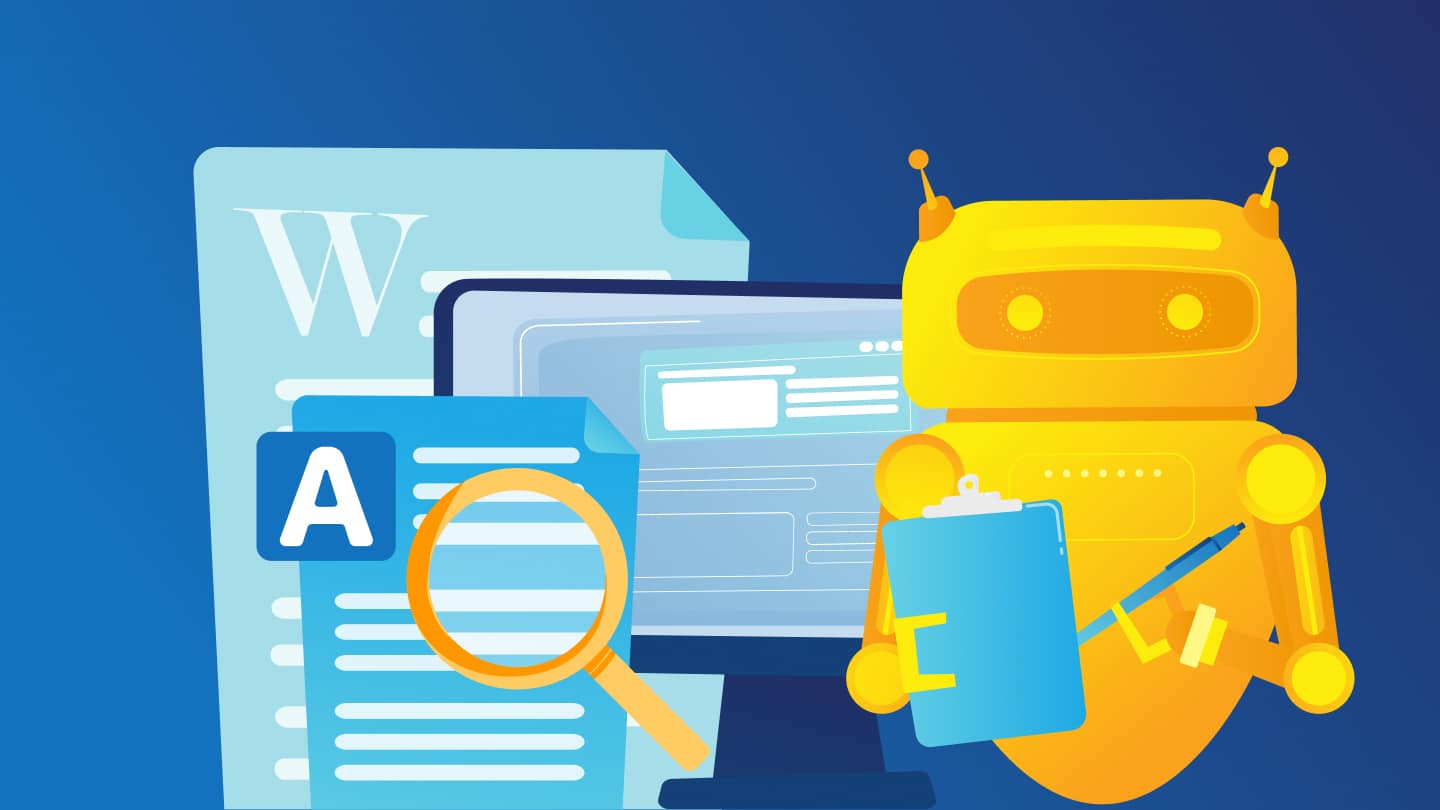
AI-generated content: how it works
AI content generation tools rely on user-entered parameters to search the Internet for relevant information. This data is then combined into a cohesive article that meets the user’s needs.
While these tools can save time and effort by automating research, writing, etc., outputs carry risks and raise the question: “Is AI plagiarism?”
The risks of AI-generated content
AI-generated content comes with risks, including quality issues and AI stealing content accusations. AI algorithms operate by analyzing vast datasets, which can lead to similarities or repetitions. This raises questions about the boundaries between AI and plagiarism, as well as ethical concerns.
Furthermore, search engines may flag an AI-generated text, impacting its visibility on SERP. Although tools like ChatGPT can automate workflow, they lack the personal touch required for true originality and creativity.
Despite various benefits AI offers, issues of accuracy and accountability must be addressed. AI developers are responsible for ensuring that systems meet ethical standards and originality requirements. At this point, is the responsible party the AI developers who created it or the producers who shared it with the public without proper oversight?
The blurred lines between plagiarism and AI-generated content
What’s the difference between plagiarism and AI-generated content? Plagiarism is copying someone else’s work without permission. AI-generated content, on the other hand, is created algorithmically. However, if AI outputs too closely resemble existing material, it can lead to accusations of AI plagiarism.
- AI: Creates content by analyzing and synthesizing vast amounts of data, but it may unintentionally replicate existing material.
- Plagiarism: Involves intentionally or unintentionally copying someone else’s work without proper credit.
Content creators must always verify the intent, originality, and creativity behind their work, and ensure their content is original and properly sourced.
Critical factors to consider in the best AI checkers
AI-detection tools are designed to identify content that might lack originality and cause “infollution” (the spread of low-value information online). By using machine learning algorithms and natural language processing, these tools can analyze large amounts of data quickly and efficiently.
But just how accurate are AI checkers?
Their accuracy depends on the algorithms they use and the databases they reference. Results typically include a score indicating whether the content was likely generated by AI. Some tools even offer insights on potential plagiarism. However, despite their reliability, these tools are not foolproof. They can produce false positives and require human review to ensure proper context and accuracy.
How do AI checkers work?
AI detectors examine submitted text against databases, highlighting overlaps and providing sources for comparison. This results can determine if content is likely AI-generated or plagiarized. This ensures writers and publishers can confidently avoid issues like non-plagiarism AI misclassification.
How much AI detection is acceptable?
There is no universal standard for how to check for AI or acceptable AI detection percentages. That’s why human review remains essential to ensure flagged outputs are ethically sound and compliant with institutional or organizational guidelines.
Avoiding plagiarism in AI
If you want to use an AI tool, there’s nothing wrong. However, when you’re getting help from an AI:
- Revise AI-generated output to match your style and voice.
- Properly credit factual data or external sources.
- Use plagiarism detection tools to ensure originality
- Combine AI outputs with your own research and ideas to enhance authenticity.
Shortly, such tools can save time, but to achieve an effective result, you need to invest time and effort in creating quality content. Besides, whether using AI tools or manual writing, the editorial process is critical to maintaining quality. Writers must ensure their work offers genuine value while avoiding ethical concerns like AI plagiarism.
How can you use AI to check for plagiarism?
What truly matters is delivering content that provides real value to the reader, regardless of how it was created.
- Choose a reliable tool, such as Copyscape, Chegg, BrandWell (Previously Contet at Scale), Smodin, or Originality.ai. You can take advantage of both features in a single tool. For more details, explore our guide on 5 helpful tools for detecting AI-generated content.
- Upload or paste your content directly into the tool. Ensure the file format is compatible with the platform.
- Start the plagiarism checker and let the AI analyze your content. The tool will compare it against billions of sources, identifying exact matches and paraphrased similarities.
- Once the scan is complete, the tool provides a report highlighting any matched text, along with links to the original sources. It also calculates a percentage of unique versus plagiarized content.
- Make necessary revisions.
What is an acceptable percentage of plagiarism?
Acceptable similarity percentages vary depending on the context and institution, so it’s essential to consult the specific guidelines for your field or organization before making a decision.
For example, Scribbr highlights that even a 1% similarity requires review, as not all flagged content is plagiarism—it might include properly cited quotes or common phrases. Moderate to high similarity percentages, however, indicate areas that need careful review and possible revision. Tools calculate similarities, but the responsibility lies in ensuring proper citation and originality.
According to Content Detector AI, a similarity score of 15% or less is usually acceptable in academics, whereas professional writing often requires stricter limits, such as 5-10%. Tools like Turnitin flag content for review based on similarity scores, but a high percentage doesn’t always mean plagiarism (e.g., common phrases or cited material).
Ideally, you should aim for 0% plagiarism with proper citations and original content. Always verify specific requirements with your instructors or employers.
AI-generated images copyright
The copyright status of AI-generated images remains unclear, with significant legal and ethical implications. Since AI-generated art relies on pre-existing datasets and algorithms, determining ownership and rights is complex.
Legal challenges
In the U.S., the Copyright Office has ruled that works created solely by AI without human input cannot be copyrighted. Similar stances in Europe suggest that only creations with meaningful human involvement qualify for protection, leaving AI-generated works in a gray area.
Ethical and commercial risks
AI models often use copyrighted data to generate art, raising concerns about unintentional infringement. Commercial use of AI-generated images, such as in merchandise or advertising, risks disputes over originality and ownership, especially when outputs closely resemble existing works.
Protecting AI-generated art
Creators can take these steps to safeguard their work:
- Add significant human input during creation
- Credit datasets or sources to avoid legal issues
- Use AI tools with clear licensing terms
- Register human-modified elements of the work to strengthen originality claims
As generative AI evolves, copyright laws must adapt to balance innovation with creator rights. Until then, creators, and businesses should exercise caution when using AI-generated images commercially to avoid potential disputes.
Using AI and Avoiding Plagiarism in Academic Writing
AI tools can make academic work faster and easier, but students must use them wisely. By editing AI outputs, citing sources, and thinking critically, you can create original work that meets high standards. In the end, it’s up to you to ensure your work is ethical and high-quality.
How AI helps with research
AI tools like Nexus AI, Microsoft Copilot, and Perplexity AI are changing how students do research. These tools save time and offer useful insights, but use them strategically. For example, when conducting a literature review, you can gather reliable information using Nexus AI and then verify the sources with Perplexity. ChatGPT can come into play to creatively expand the text or generate ideas. The combination of these tools can enhance both academic productivity and accuracy.
Even with these benefits, students need to be careful to avoid relying too much on AI and running into ethical issues.
- AI tools pull information from large datasets, which sometimes leads to content that looks like existing materials. If students don’t review and revise this content, it could count as plagiarism.
- Depending too much on AI can hurt critical thinking and creativity. Students need to add their own ideas to their work.
Here are tips for using AI the right way:
- Know the Tool: Nexus AI is great for deep research, while Microsoft Copilot is better for quick summaries. Choose the tool that fits your needs.
- Revise AI Content: Don’t use AI content as-is. Edit it to match your voice and add your own thoughts.
- Cite Sources: If you use facts or ideas found with AI tools, make sure to give credit to the original source.
- Check for Plagiarism: Use tools like Turnitin or Originality.ai to ensure your work is unique.
- Combine Efforts: Use AI to speed up research but add your own analysis and creativity to make the work truly yours.
Conclusion
In summary, the originality and creativity of AI-generated content is still controversial, with ethical considerations adding to the complexity. While these tools can assist you, they may also result in quality issues and unintended plagiarism.
Writers must guarantee that their content is well-crafted and thoroughly reviewed. Besides, the editorial process is now much more critical to meeting human quality standards. While AI can be a helpful tool, it should complement (not replace) human moderators and critical thinking.
If you’re interested in exploring AI, read also about the use of AI in business.
Need AI-powered PPC solutions for maximum conversions? Contact us.
FAQ
What is plagiarism?
Plagiarism is using someone else’s work or ideas without proper acknowledgment, presenting it as your own. It can be intentional (copying text) or unintentional (failing to cite sources correctly).
What is AI Plagiarism?
AI plagiarism happens when AI-generated content closely resembles existing material or is shared without proper credit. Although AI tools can create original text, they may unintentionally replicate parts of existing work.
What is AI generated content?
AI-generated content is created using artificial intelligence tools that mimic human work. It includes text, images, videos, and audio, commonly used for blogs, social media, graphics, and voiceovers.
Is AI generated text plagiarism?
AI-generated text is generally not considered plagiarism because it creates content based on patterns it has learned from vast amounts of data, rather than directly copying from the internet or specific sources.
Does AI copy from the Internet?
AI tools are trained on large datasets containing a variety of texts to learn language patterns and contexts. When you ask for a specific output, the AI synthesizes new text based on its training, but it doesn’t retrieve specific, verbatim content from the internet. Still, in some cases, the text might closely resemble existing content.
Does using AI count as plagiarism?
Using AI doesn’t count as plagiarism as long as the output is original or cited properly when necessary.
Why is AI considered plagiarism?
Since it relies on pre-existing data, it may replicate phrases or ideas without proper attribution, leading to concerns about plagiarism.
How to use AI without plagiarizing
When using AI, follow these steps:
- Always revise AI-generated text to fit your unique style and voice. This also ensures it doesn’t inadvertently mirror existing content.
- Use plagiarism detection tools to ensure the content isn’t plagiarized.
- If the AI-generated text incorporates any factual data or references specific works, provide proper credit.
- Combine AI-generated content with your own ideas and research to enhance originality. Read more about how to use ChatGPT in content marketing efforts.
Can AI be detected for plagiarism?
Not all AI-generated content is flagged as plagiarism, but AI can sometimes replicate existing material, which might be detected by plagiarism detection tools.
Is it considered plagiarism to use AI to correct grammar?
No, using AI to correct grammar isn’t considered plagiarism, as it doesn’t involve copying someone else’s work.
Can I upload AI generated video on YouTube?
Yes, you can upload AI-generated videos to YouTube. However, YouTube requires creators to disclose when their content includes realistic AI-generated or altered media. This is especially important for sensitive topics like elections, conflicts, or public health. Failure to disclose may result in content removal or suspension from the YouTube Partner Program.
Does Snapchat AI come up as plagiarism?
Snapchat’s AI, known as My AI, generates content using OpenAI’s GPT technology. Plagiarism detection tools like Turnitin, which also use GPT models, can identify similarities between AI-generated content and existing sources. Therefore, content produced by Snapchat’s AI may be flagged as plagiarized if it closely resembles existing material.
Can AI detectors be wrong?
Yes, AI detectors can be wrong. They may flag human-written content as AI-generated (false positives) or fail to identify AI-created text (false negatives), especially with advanced AI or heavily edited outputs.
Can plagiarism checkers detect ChatGPT?
Plagiarism checkers can detect content generated by ChatGPT if it closely matches existing material in their databases.
Can Turnitin detect ChatGPT?
Turnitin has developed capabilities to detect AI-generated content, including text produced by ChatGPT.
Is ChatGPT plagiarism?
ChatGPT itself isn’t plagiarism, but its output can resemble existing content. If used without proper review or citation, it might lead to plagiarism concerns.
How to tell if something was written by AI
You can use AI detection tools that analyze patterns, syntax, and predictability in the text. These tools look for highly uniform writing styles or unnatural phrasing typical of AI. Human review is also important for assessing originality and context.
